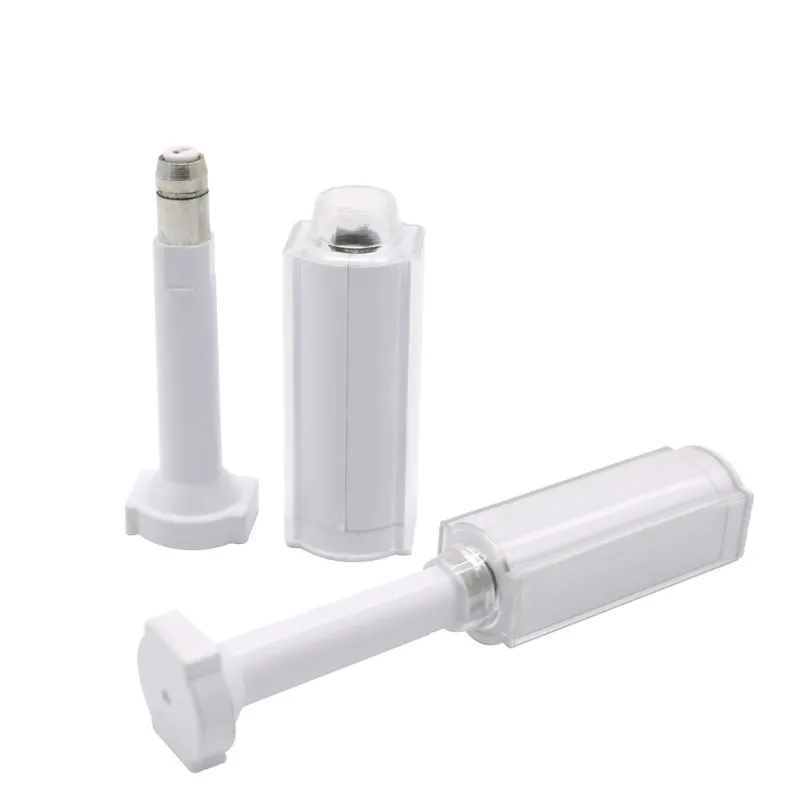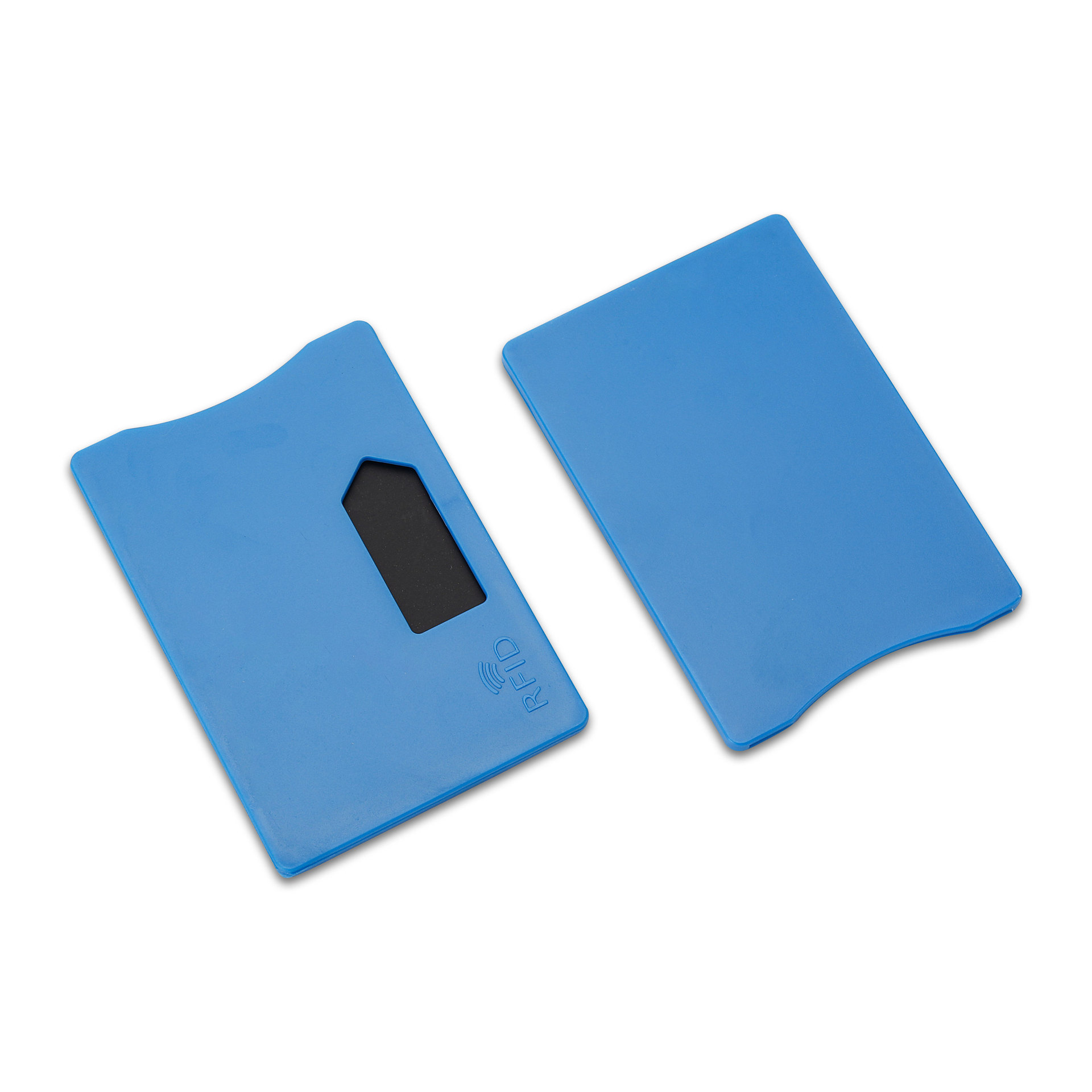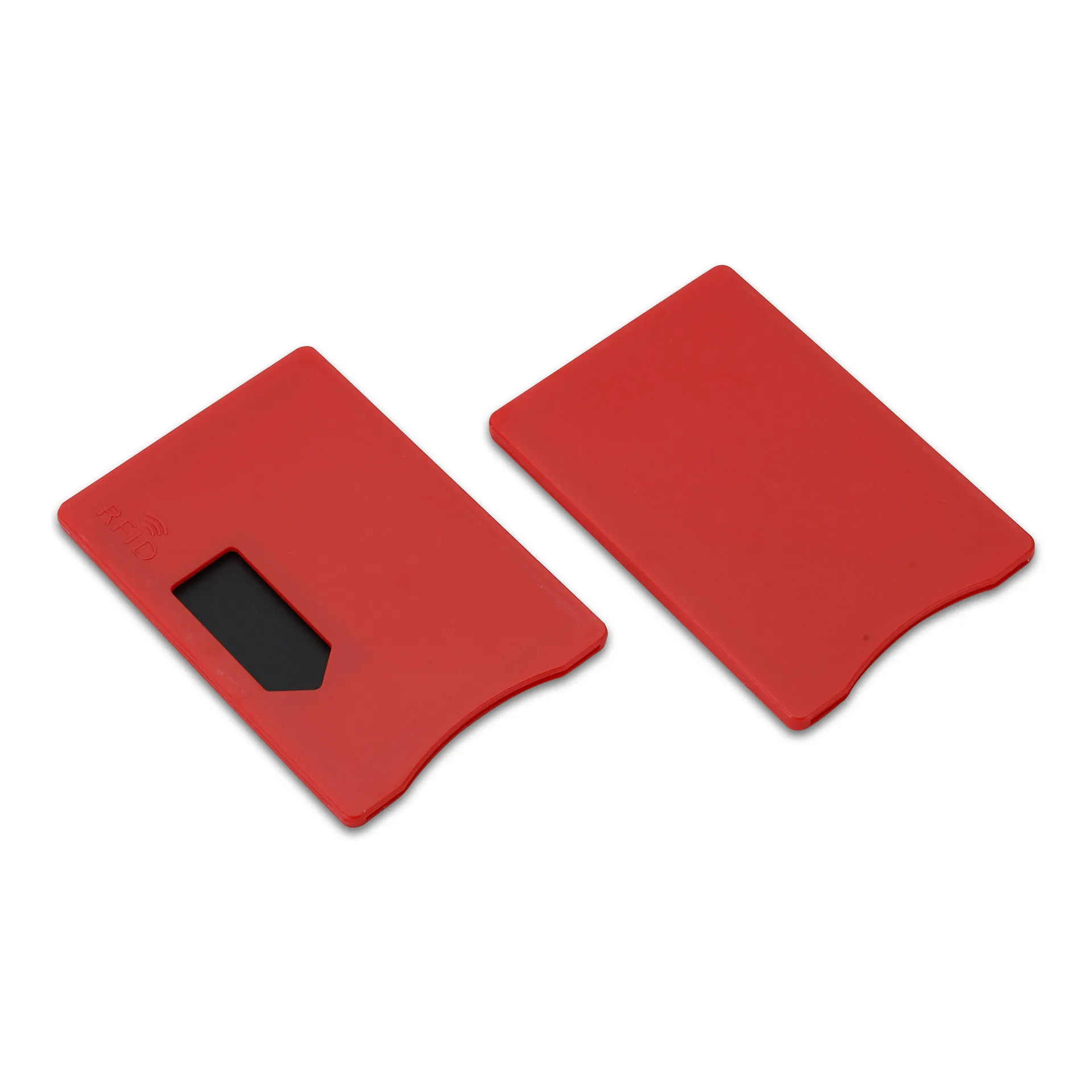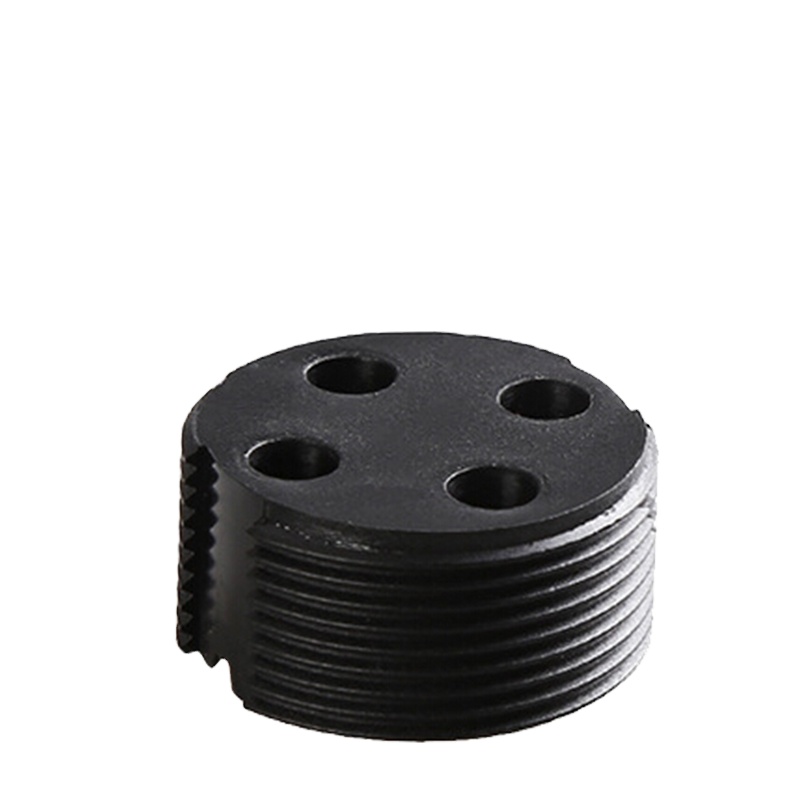
Koja je razlika između RF i RFID oznaka?
Sadržaj
Razlika između RF i RFID oznaka: definicije, tehnologija i primjene u skladištenju
Međutim, ovi se pojmovi često koriste naizmjenično — što dovodi do zabune oko njihovog pravog značenja i razlika. Razumijevanje razlike između RF i RFID-a pomaže tvrtkama optimizirati poslovanje, poboljšati učinkovitost i donositi pametnija ulaganja u tehnologiju.
Ovaj vodič objašnjava kako RF tehnologija i RFID oznake rad, kako se razlikuju i zašto RFID tehnologija transformira moderne lance opskrbe.

Što je RF tehnologija i kako radi?
RF (radiofrekvencija) odnosi se na upotrebu elektromagnetskih radio valova za bežični prijenos podataka. Ona služi kao temelj za nekoliko bežičnih komunikacijskih sustava, uključujući RFID tehnologiju, Wi-Fi i Bluetooth.
Ključne komponente RF tehnologije:
- Predajnik i prijemnik: generirajte i uhvatite radio signale.
- Raspon frekvencija: Radi od nekoliko kiloherca (kHz) do gigaherca (GHz), ovisno o slučaju upotrebe.
- Primjene: Često se koriste u komunikacijskim sustavima, daljinskim upravljačima za garažna vrata, bežičnim mikrofonima i sigurnosnim sustavima.
Ukratko, RF tehnologija pruža bežičnu okosnicu koja omogućuje identifikaciju, komunikaciju i razmjenu podataka — a RFID tehnologija jedna je od njenih najspecijaliziranijih primjena.
Što je RFID i kako radi?
RFID (radiofrekvencijska identifikacija) temelji se na RF tehnologiji kako bi omogućio bežičnu identifikaciju i praćenje označenih predmeta.
RFID sustav se sastoji od:
- RFID oznake
- RFID čitač
- Antenski i softverski sustav
Kako radi RFID tehnologija:
- Aktivacija čitatelja: The RFID čitač pošalje radio signal putem antene.
- Odgovor oznake: RFID oznaka upija energiju iz tog signala i prenosi pohranjene podatke.
- Prikupljanje podataka: Čitač prima odgovor oznake i prenosi podatke u središnju bazu podataka ili sustav za upravljanje skladištem (WMS).
Za razliku od crtičnog koda, RFID oznake ne zahtijevaju skeniranje u vidnom polju — što omogućuje istovremeno očitavanje više oznaka i poboljšava učinkovitost u prometnim okruženjima.
Razlika između RF i RFID
Dok RF predstavlja širu kategoriju bežične komunikacije, RFID je specifična implementacija RF tehnologije namijenjena identifikaciji predmeta i praćenju podataka.
| Značajka | RF | RFID |
|---|---|---|
| Definicija | Opća upotreba radio valova za bežični prijenos podataka | Primjena RF-a za identifikaciju i praćenje objekata |
| Glavne komponente | Odašiljač i prijemnik | Oznake, čitači, antene i upravljački softver |
| Vrsta komunikacije | Osnovni prijenos signala | Dvostruka identifikacija i razmjena podataka |
| Prijave | Radio uređaji, daljinski upravljači, Wi-Fi, sigurnosni sustavi | Upravljanje skladištem, logistika, maloprodaja, kontrola pristupa |
| Funkcionalnost podataka | Prijenos sirovih podataka signala | Prijenosi pohranjene digitalne informacije povezane s fizičkom imovinom |
Kako funkcioniraju RFID oznake
RFID oznake su minijaturni uređaji koji pohranjuju i šalju podatke RFID čitaču. Svaka oznaka sadrži:
- Mikročip (IC): Pohranjuje podatke o jedinstvenoj identifikaciji.
- Antena: Prima energiju i prenosi signale.
- Podloga/Umetak: Štiti unutarnje komponente.
Kada oznaka uđe u polje RFID čitača, prenosi podatke poput jedinstvenog ID-a ili šifre proizvoda — omogućujući vidljivost u stvarnom vremenu u skladišnim ili lancima opskrbe.
Vrste RFID oznaka
1. Pasivni RFID tagovi
- Izvor napajanja: Nema unutarnje baterije; napajanje putem signala čitača.
- Raspon: od nekoliko centimetara do nekoliko metara.
- Primjene: maloprodaja, upravljanje zalihama i označavanje na razini artikala.
2. Aktivne RFID oznake
- Izvor napajanja: Ugrađena baterija za neprekidan prijenos signala.
- Domet: do 100 metara ili više.
- Primjene: praćenje vozila, upravljanje voznim parkom, nadzor velikih imovinskih sredstava.
Odabir između aktivnih i pasivnih RFID oznaka ovisi o vašim zahtjevima za dometom, vijeku trajanja oznake i proračunu.
Primjene RFID tehnologije u skladištenju
RFID tehnologija transformira operacije u skladištima i lancu opskrbe pružajući automatizaciju, točnost i transparentnost.
Ključne primjene u skladištu:
- Upravljanje zalihama: pregled razina zaliha i lokacija artikala u stvarnom vremenu.
- Upravljanje pristaništem: Prati robu dok ulazi i izlazi iz objekata.
- Praćenje imovine: Osigurava odgovornost i sljedivost predmeta visoke vrijednosti.
- Operativna učinkovitost: Smanjuje pogreške pri ručnom skeniranju i troškove rada.
“Skladišta koja koriste RFID oznake mogu obraditi do 20 puta više pomaka zaliha u usporedbi s barkod sustavima.”
RFID naspram NFC-a: Povezano, ali različito
Oba NFC (Near Field Communication) i RFID koriste RF tehnologiju, ali se razlikuju po dometu, namjeni i mogućnostima komunikacije.
| Značajka | RFID | NFC |
|---|---|---|
| Raspon | Veliki domet (do 100 metara) | Kratki doseg (do 10 cm) |
| Izvor napajanja | Aktivno ili pasivno | Samo pasivno |
| Razmjena podataka | Jednosmjerna | Dvosmjerni (peer-to-peer) |
| Prijave | Upravljanje skladištem, logistika, praćenje imovine | Mobilna plaćanja, provjera identiteta, pametni pristup |
NFC se može smatrati specijaliziranim podskupom RFID tehnologije, idealnom za sigurnu razmjenu podataka na kratkim udaljenostima, dok RFID oznake dominiraju u industrijskom praćenju i logistici.
Uloga RF-a u sigurnosnim sustavima (integracija EAS-a)
Sustavi elektroničkog nadzora artikala (EAS) obično koriste RF oznake za sprječavanje krađe u maloprodajnim ili skladišnim okruženjima.
Kako funkcionira sigurnost RF oznaka:
- Postavljanje etikete: RF etiketa se pričvršćuje na robu.
- Detekcija: Sigurnosna vrata skeniraju aktivne oznake na izlazima.
- Upozorenje: Ako aktivna oznaka prođe, sustav aktivira alarm.
Integracijom RFID tehnologije, EAS sustavi dobivaju poboljšanu preciznost otkrivanja i automatizaciju tijekom naplate ili otpreme.

FAQ
Koja je glavna razlika između RF-a i RFID-a?
RF se odnosi na opću bežičnu komunikaciju koja koristi radio valove. RFID je specifična vrsta RF tehnologije koja se koristi za praćenje i identifikaciju putem RFID oznaka i čitača.
Može li RFID zamijeniti crtične kodove u skladištenju?
Da. RFID oznake ne zahtijevaju vidnu liniju, omogućuju brže snimanje podataka i otpornije su od tradicionalnih crtičastih kodova.
Jesu li RF oznake i RFID oznake zamjenjive?
Ne. RF oznake su jednostavnije i uglavnom se koriste u antikrađim sustavima. RFID oznake su naprednije i koriste se za praćenje i razmjenu podataka.
Kako radi RFID oznaka?
RFID čitač šalje signal, oznaka odgovara pohranjenim podacima, a sustav to automatski bilježi — idealno za inventar u stvarnom vremenu.
Zaključak
RF tehnologija je bežična osnova moderne komunikacije, dok RFID tehnologija nadograđuje tu osnovu kako bi omogućila pametne, automatizirane sustave identifikacije.
- Koristite RFID oznake za praćenje u stvarnom vremenu, automatizaciju i preciznost u skladištenju i logistici.
- Koristite RF sustave za opću komunikaciju i primjene detekcije.
Razumijevanjem razlike između RF-a i RFID-a, tvrtke mogu odabrati prave alate za povećanje učinkovitosti, smanjenje troškova i osiguranje budućnosti svojih operacija.

Ray Zhou
Ovaj je članak napisao Ray Zhou, stručnjak za RFID tehnologiju s više od 10 godina iskustva u industriji.
Komentari
Vrući proizvodi
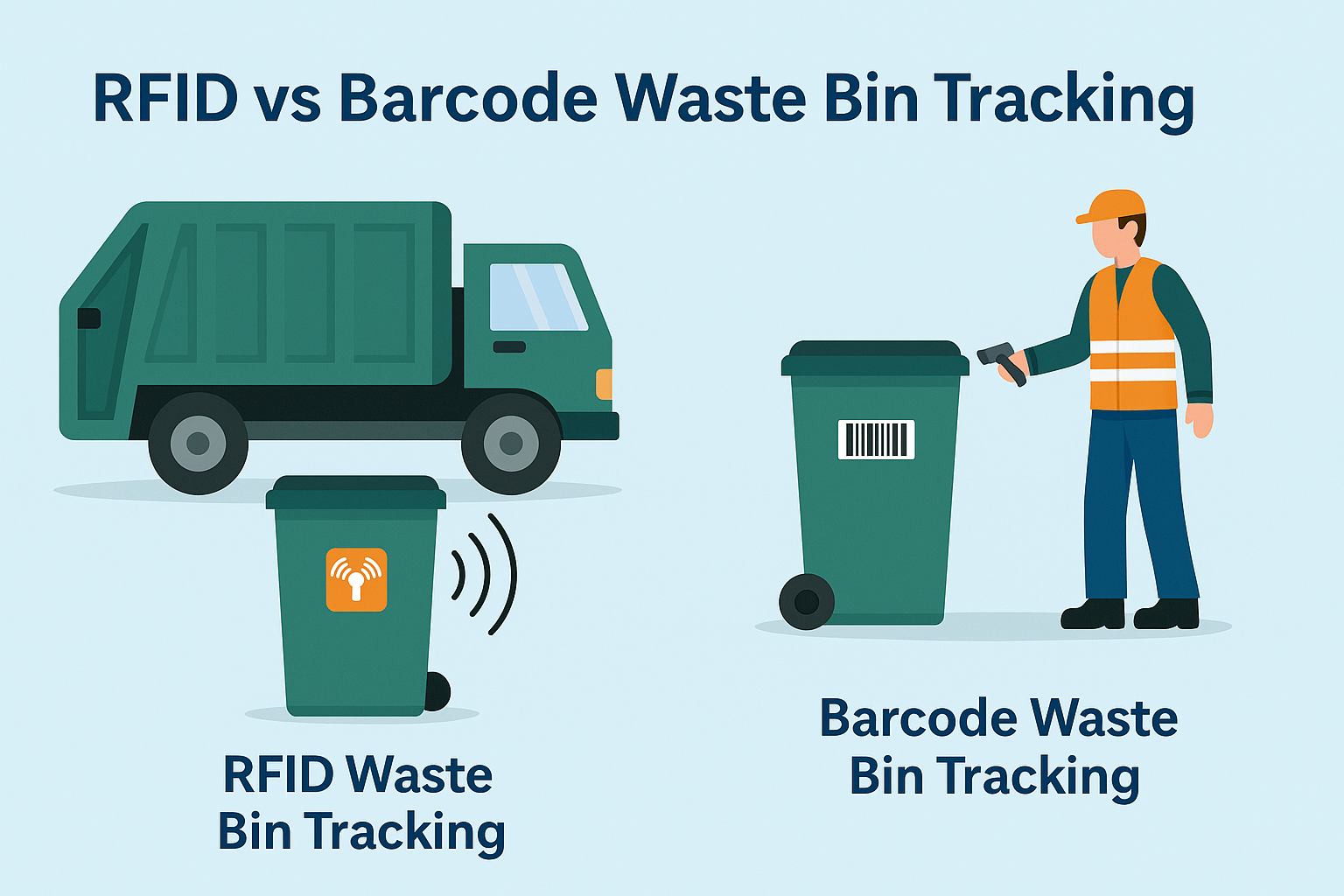
Što je upravljanje otpadom pomoću RFID-a
Zamislite grad u kojem svaki kanti za smeće govori — ne doslovno — nego putem malog čipa koji sustavu javlja kada je pun, kada je ispraznjen i kamo je odvezen. To je ono što RFID upravljanje otpadom danas radi.
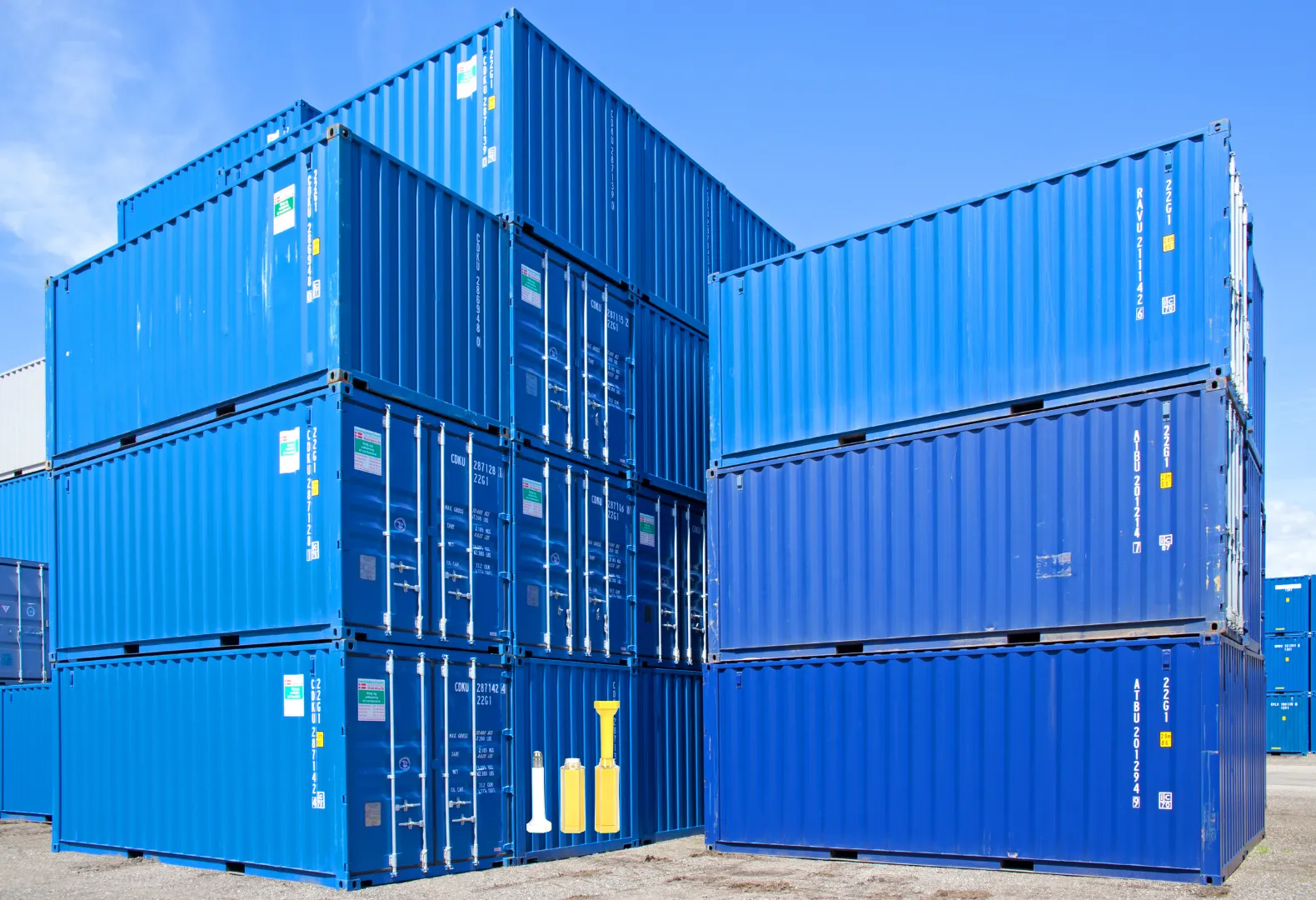
Što su Bolt Seals i njihove primjene? | Potpuni vodič
U globalnoj trgovini i logistici, boltni pečati igraju ključnu ulogu u osiguravanju sigurnosti tereta i usklađenosti. Ovi mali, ali moćni uređaji dizajnirani su za zaključavanje transportnih kontejnera, prikolica i vrata tereta pomoću mehanizma koji otkriva neovlašteni pristup.
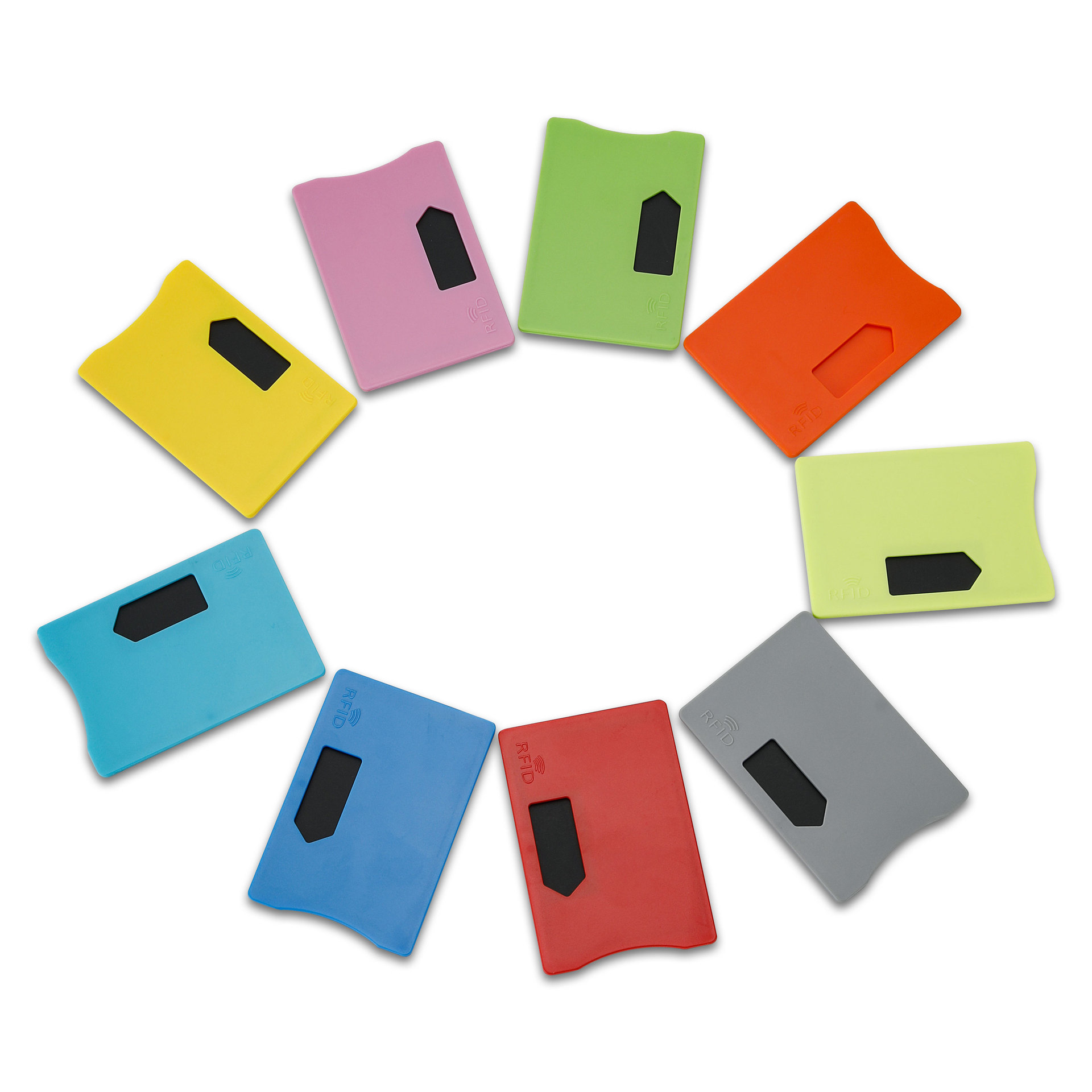
Što je zaštitnik RFID kartice? Prednosti, primjeri upotrebe i vodič za kupnju
RFID tehnologija (radiofrekvencijska identifikacija) prisutna je posvuda: u vašim kreditnim karticama, iskaznicama, prijevoznim karticama, ključevima hotelskih soba i još mnogo toga. Pruža brzinu i praktičnost, ali također otvara vrata novoj vrsti digitalne krađe nazvanoj “skimming”. Tu na scenu stupa zaštitnik RFID kartica.

RFID narukvice za događaje: Vodič za organizatore pri kupnji na veliko
RFID narukvice za događaje postaju omiljeno rješenje za organizatore kojima je potreban brži ulazak, sprječavanje prijevara i beskontaktno plaćanje na koncertima, festivalima i sportskim objektima. Za razliku od papirnatih ulaznica ili QR kodova, ove pametne narukvice koriste ugrađene čipove za pojednostavljenje pristupa, sigurnost transakcija i poboljšanje iskustva gostiju.
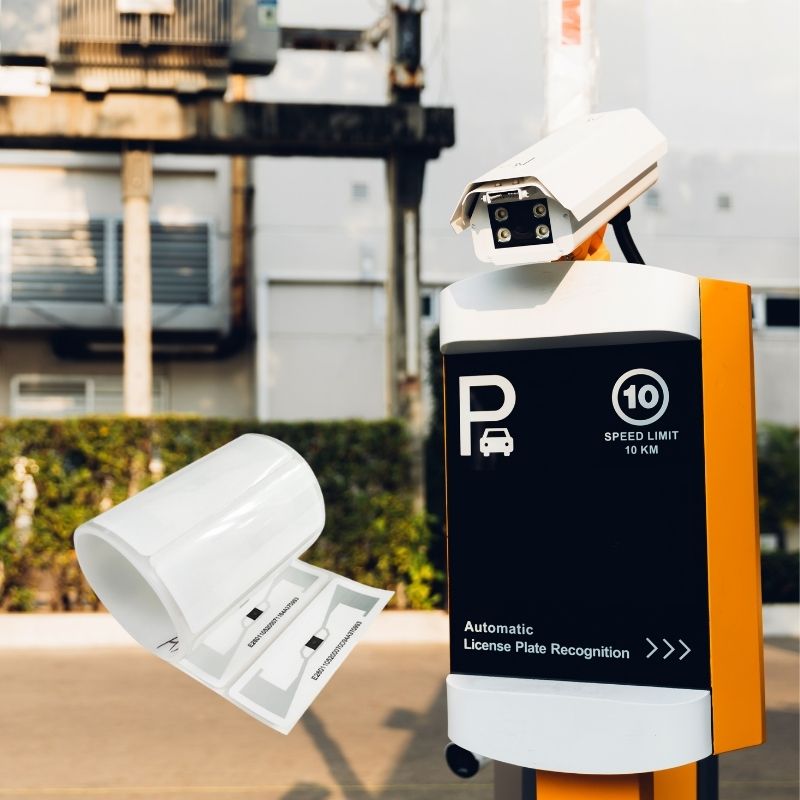
Kako RFID oznaka na vjetrobranskom staklu poboljšava kontrolu pristupa vozilu i sustave naplate cestarina
U današnjem brzom svijetu identifikacija vozila mora biti brza, sigurna i beskontaktna. RFID oznaka na vjetrobranskom staklu pruža upravo to — pouzdan način naplate cestarina, parkiranja i kontroliranog pristupa bez zaustavljanja vozila.
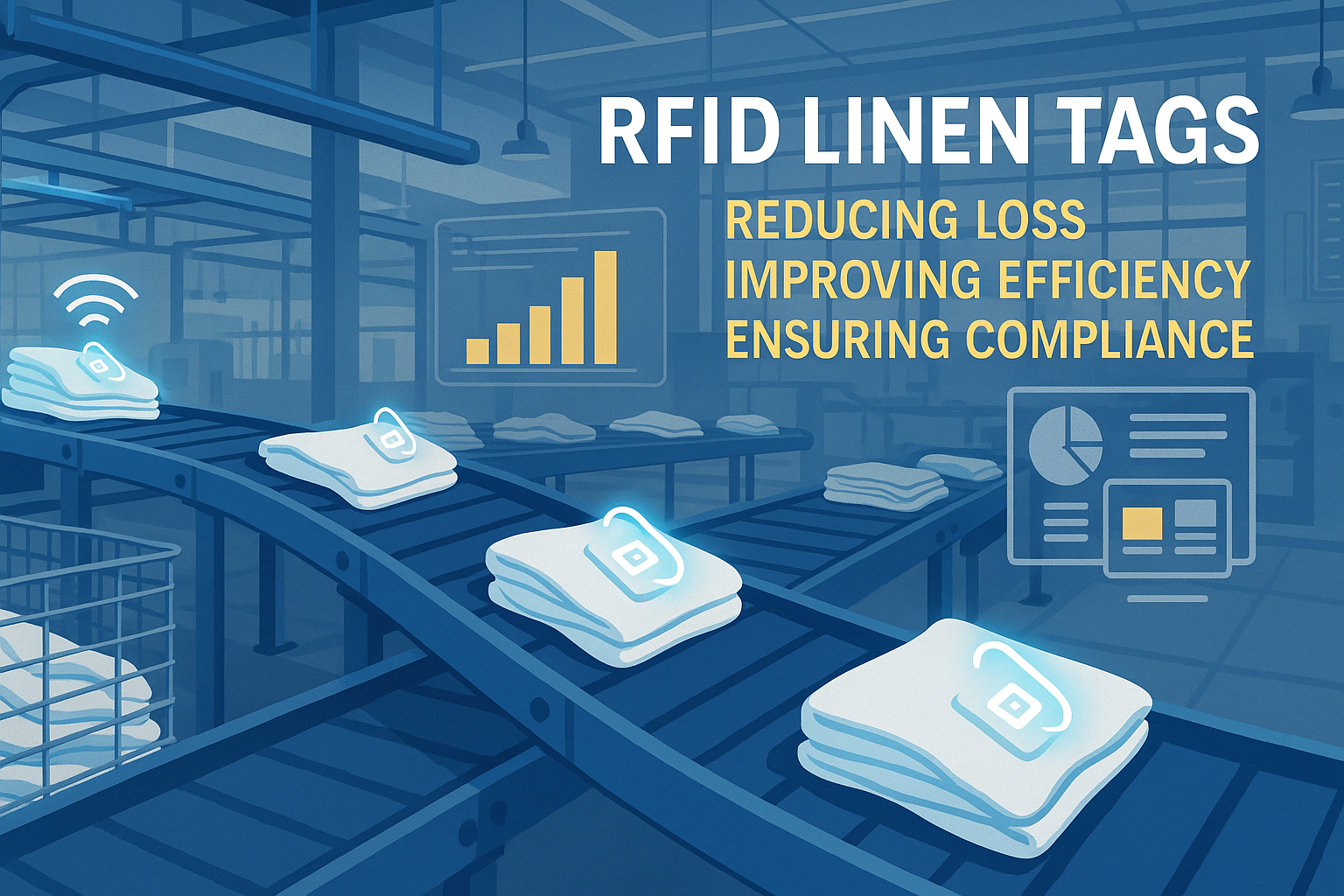
Prednosti RFID oznaka za rublje u komercijalnim praonicama
Upravljanje rubljem u bolnicama, hotelima ili velikim praonicama rublja veliki je posao. Svaki dan se tisuće plahti, ručnika i uniformi peru, sortiraju i vraćaju natrag. No problemi poput izgubljenog rublja, pogrešaka pri sortiranju i ručnog brojanja mogu tvrtkama koštati mnogo novca. Na primjer, hoteli srednje veličine mogu godišnje izgubiti više od $200.000 zbog nestalog rublja.
Tu na scenu stupa RFID oznaka za rublje.
oznake
POVEZANI BLOGOVI

Što je upravljanje otpadom pomoću RFID-a
Zamislite grad u kojem svaki kanti za smeće govori — ne doslovno — nego putem malog čipa koji sustavu javlja kada je pun, kada je ispraznjen i kamo je odvezen. To je ono što RFID upravljanje otpadom danas radi.

Što su Bolt Seals i njihove primjene? | Potpuni vodič
U globalnoj trgovini i logistici, boltni pečati igraju ključnu ulogu u osiguravanju sigurnosti tereta i usklađenosti. Ovi mali, ali moćni uređaji dizajnirani su za zaključavanje transportnih kontejnera, prikolica i vrata tereta pomoću mehanizma koji otkriva neovlašteni pristup.

Što je zaštitnik RFID kartice? Prednosti, primjeri upotrebe i vodič za kupnju
RFID tehnologija (radiofrekvencijska identifikacija) prisutna je posvuda: u vašim kreditnim karticama, iskaznicama, prijevoznim karticama, ključevima hotelskih soba i još mnogo toga. Pruža brzinu i praktičnost, ali također otvara vrata novoj vrsti digitalne krađe nazvanoj “skimming”. Tu na scenu stupa zaštitnik RFID kartica.

